at TireRack.com at DiscountTire.com at SimpleTire.com at PriorityTire.com at Amazon.com
Provided you’re an ATV driver, you’d already be aware that these vehicles need certain modifications to protect your ride from the damage and rigors of off-road conditions. However, since additional protective gear adds pounds to the ATV’s weight, it might end up impacting its handling and performance.
What you need, therefore, is an upgrade that provides you the best of both worlds. That means that where on one end it should enhance the sturdiness and damage-limiting ability of your vehicle, the protective gear shouldn’t tip the scales of the weight machine, on the other.
Perhaps that’s the reason why some UTV drivers go for the Maxxis Bighorn Radial Tire. Designed for use on a wide range of 4x4s, jeeps, pickups, and SUVs, it’s a rugged MT tire which gives the traction your vehicle needs when driving through sand, gravel, mud, and other difficult off-road terrains.
Keep on reading to see how the Maxxis Bighorn fared in our review.
Even for a radial construction tire, the Maxxis Bighorn has a wide footprint providing excellent traction and better shock absorption. That’s what its manufacturer claims. To gauge the veracity behind this statement, let’s look at its features before we take this tire on a test ride.
Available in three versions
The fame enjoyed by the original Bighorn allowed Maxxis to churn out three versions of this tire to fully cash in on its popularity. Here’s how all three versions differ from each other.
Here’s how all three versions differ from each other.
Staggered Shoulder Lugs
If you’ve only recently started embarking on off-road expeditions, you might not be aware of the importance of staggered shoulder lugs – one of the many aspects of a mud-terrain tire which takes it poles apart from an all-terrain tire./95101ca68767224.ru.s.siteapi.org/img/4f7c3cc3dd96f9ab5e4aab6cd5b56b55b7ffce49.jpg)
Thanks to large shoulder lugs, the Maxxis Bighorn is capable of providing added traction in uneven terrains. They do that by expanding the surface area of the tire which comes into contact with the road. As that happens, the tire can grip the road better, thereby protecting the tire’s sidewalls.
Deep tread blocks
Once you start off-roading, you’ll become aware that it isn’t only the rigors of difficult terrains that might shorten the shelf life of your tire. Instead, the sticky mud particles which have the tendency to get glued on the inside of tire have the potential to do as much damage.
To keep such particles away, Maxxis has provided the Bighorn with deep tread blocks. These parts offer self-cleaning capabilities by forcing out mud particles from within the tire’s terrain. As a result, you won’t see the Bighorn experiencing uneven wear.
Pinned for studs
In contrast to what most people might choose to believe, not every all-terrain tire can prove its utility on snowy roads.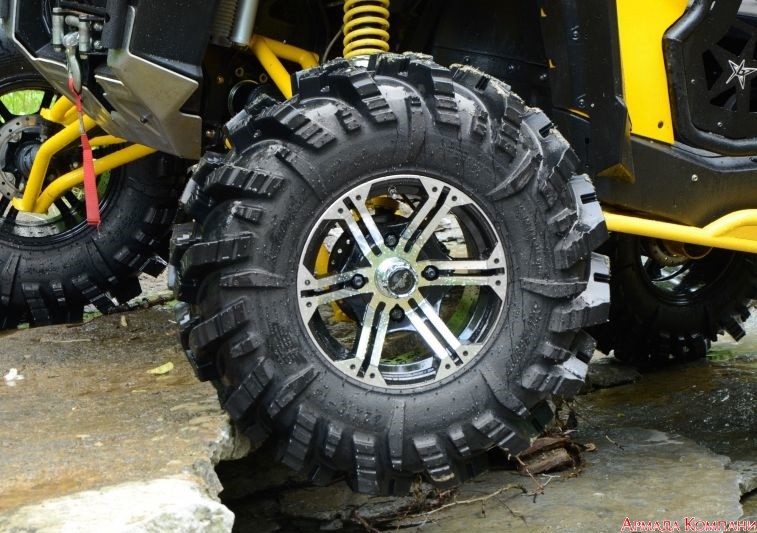 That is, because, in contrast to other terrains, snow-laden roads are exceedingly slippery. What they need from a tire to give it traction in return is something extra.
That is, because, in contrast to other terrains, snow-laden roads are exceedingly slippery. What they need from a tire to give it traction in return is something extra.
Fortunately, the Maxxis Bighorn provides that something extra in the shape of its pining for studs. These are small openings alongside the tire’s circumference where you can insert studs (sold separately). The studs, in turn, will provide the tire traction on snowy surfaces.
If you or a friend of yours has recently bought a UTV, you might have noticed the presence of the Bighorn as a stock tire. This tire has won championships and races across multiple formats of the game and has gained legendary fame. Is its popularity justified? To answer this question, let’s take the Maxxis Bighorn on a test-ride.
Although the front tire of the Bighorn 3.0 has decided to do away with it, one of the biggest reasons for the success of this tire is its non-directional tread pattern.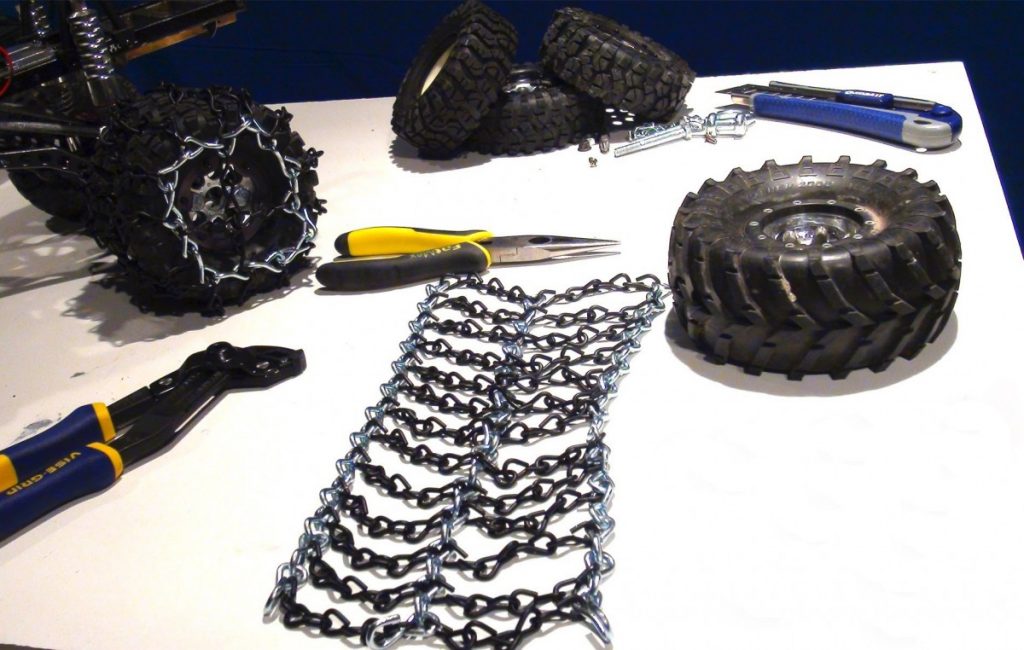 Apart from having enough space to self-clean mud, this pattern features a wrap-around on its sidewalls to give extra traction in rocks and nuts, too.
Apart from having enough space to self-clean mud, this pattern features a wrap-around on its sidewalls to give extra traction in rocks and nuts, too.
Furthermore, since this tire’s profile is semi-flat, the Bighorn can afford to have a wide footprint. Its sidewall tread resists punctures and the rubber compound wears slowly. Mix everything we just stated, and what you get is a tire that promotes even treadwear.
As for its durability, that’s where you’d thank Maxxis for using six-ply construction. Even though the engineers at Maxxis have thinned out the legs in the latest version of the Bighorn, the protection on offer by the six-ply construction – both to the sidewall and tread – makes this tire ultra-durable.
In case you weren’t convinced earlier, the non-directional tread pattern of the Bighorn will make you aware of its importance on mud and rocky terrains. By making the overall profile of the tire semi-flat, it provides the Bighorn with a large footprint.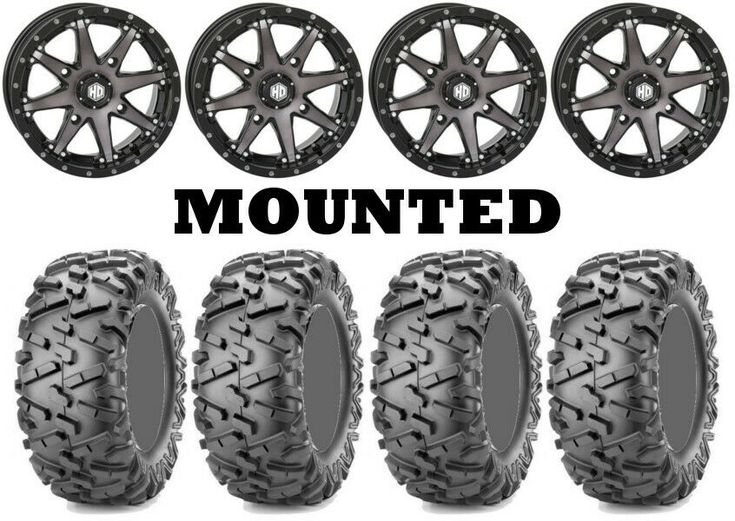
That, in turn, allows the tire to provide more-than-decent traction on rocks, desert, and most dirt situations. Also, since the sidewalls have an extra wrap-around tread, they too are responsible for providing extra traction in rocks and ruts.
Self-cleaning is another area where this model shines. After an hour or two of riding it through the mud, you won’t be able to find large mud deposits in its tread. That is, because, it contains deep-tread blocks that self-clean the tire to remove stubborn mud particles.
To be honest with you, we didn’t expect this tire to perform as well as it did on snowy terrains. It surprised us by not showing any signs of slippage for the major part of our test ride in wet weather conditions. On further inspection, we were able to determine the causes.
First, in contrast to your average summer and all-season tires, the Bighorn doesn’t feature a stiffer rubber compound – which expands when the tire’s rolling on hot pavement. It contains a soft rubber compound which remains pliable in winter conditions and offers better traction on ice and snow.
It contains a soft rubber compound which remains pliable in winter conditions and offers better traction on ice and snow.
Yet another reason is its tread design. It has a higher ‘’void-to-lug’’ ratio, meaning the tread’s blocks feature larger grooves between them. Add to the equation its sharp and irregular edges, and the Bighorn cuts into the snow before capturing some of it into the voids to allow its tread to maintain close contact with the road and provide even traction.
One of the reasons why Maxxis chose Radial construction for this tire is to make your ride as comfortable as possible. That’s because tires that have this construction have a flexible sidewall that protects the interior and projects a comfortable ride.
Similarly, due to the extra space on offer, the Bighorn can afford to have a ply cord which withstands road shocks and load well. Maxxis has also equipped this tire with a thick shoulder to absorb off-road vibrations and make your riding experience a comfortable one.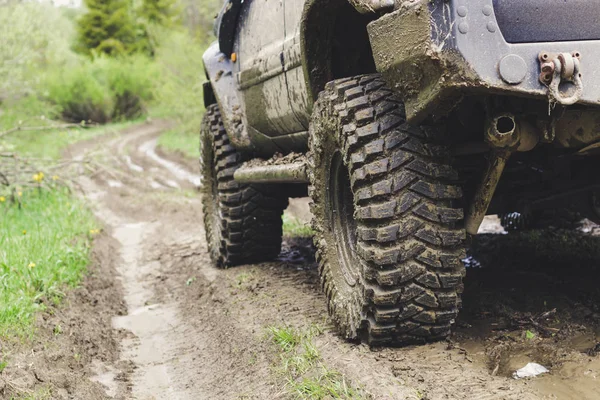
The opposite is true for noise. With its aggressive tread pattern, this tire generates more-than-a-little noise, especially when you’re slowing down the vehicle or just starting from a stationary position. It means that you shouldn’t expect it to be quiet.
Using an all-terrain tire like the Bighorn on dry tarmac is like taking Michael Jordan to your local NBA game. It’s overkill. Why should anyone pay the extra dollars that this model demands for its all-terrain utility and then end up using it on fully paved terrains? Of course, you can do that if you may wish.
at TireRack.com at DiscountTire.com at SimpleTire.com at PriorityTire.com at Amazon.com
The Maxxis Bighorn is one of those tires which are at home on all types of difficult terrains. Provided you want a tire for use on construction sites, gravel roads, farms and other terrains where traction and durability are required, any of the three versions of this tire might be worth a shot.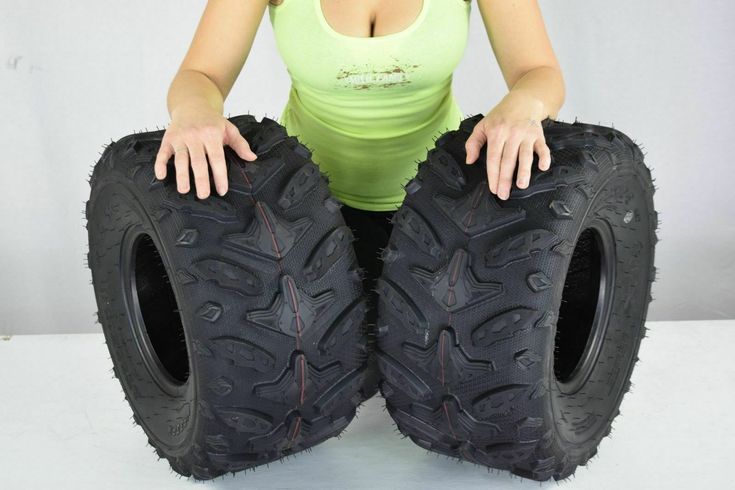
Pros
Cons
Maxxis Bighorn Tire Review | ||||||||||
The absolute most important upgrade you can make to your ATV is your tires. It's also one of the most expensive upgrades that you can make. The decision to change your tires is serious. There are many choices, and fixing a bad decision is expensive. As many that visit this site are aware, we primarily do rock crawling. However, we're not opposed to trail riding, exploring the vastness of Nevada, playing in the snow or hitting the mud. The last 3+ years, I've spent on, what I believe were the best rock crawling tires out there, ITP 589's. Although they are sold as Mud and Snow tires, snow is probably where they perform the worst! They grab the snow and once momentum is lost, prepare to get off the throttle FAST or you will dig yourself a small grave. It's winch time. On the rocks, 589's were intense, tough and fierce in their grip. Even after emerging from water, they would still bite into the granite rock that dominates our riding.
All that changed for me this past year. In October 2006, I got a new Polaris 800 EFI. Of course, it came with stock tires, which are less than impressive. Clearly putting on the old 589's wasn't going to happen, so this left me looking at alternatives. A few people that I know, had purchased Maxxis Bighorns, but I was not a big fan of radial rock crawling tires. However, I had seen Bighorns work really well on Larry (Oldtrucks) Albaugh's Suzuki in the snow and Brad from Intrepid Explorers had been raving about them.
After installing them in December, of course my first ride was in the snow. Since I had already seen the tire perform in the snow, I was not shocked to discover that they do work well in snow. My opinion is, the tread pattern is spaced more closely than the 589's, so you get more floation. Which in the snow, floation is what it's all about. You can still hit the gas, and the tires grip instead of dig. Beautiful.
In April, I went to Moab and finally had a chance to play on rocks.
| ||||||||||
In May, I finally got what I wanted. Rocks! A few of the ATVOBSESSION crew headed to Moonrocks, Nevada for some trails and rocks. I was totally satisfied with the trail performance from Moab....but rocks. I needed absolute proof. After riding 49 miles on hard pack trails at high speeds, we arrived back at camp to play on the rocks. Keith and I couldn't resist the temptation!
After this excursion, both Keith and I proclaimed that Bighorns, were the Super Swamper TSL SX's of the ATV world. High praise! The tires really do not do anything poorly! They are tough (Larry has never had a flat), they grip amazingly, they have great wear and treadlife, they handle snow, they thrive on trails and they do admirably in mud. If you're a mudder, this probably isn't your tire...but if you do everything else, then feel good about your purchase. I give these tires a 9 out 10, with my only mark down for their mud performance. But really...I'm FAR more impressed with durability and stickiness, than I am mud performance. Maxxis International - USA
|
04 September 2018 Petrov Sergey
Great tire
Strong, manageable, not very noisy
Comment:
They stand on the Hunter 245x70x16, it digests reasonable average off-road hunting perfectly, crawled out from everywhere where it didn’t sit .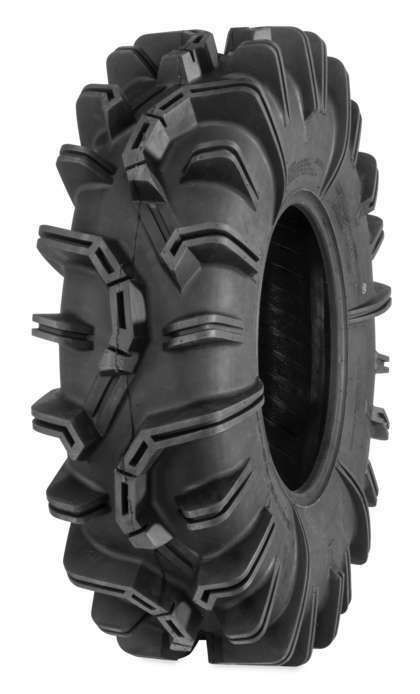 ..
..
July 25, 2017 Dronov Victor
Great tire
Comment:
I bought maxxis mt-764 bighorn tires, excellent tires for their price range. For those who are fond of off-road racing, of course they won’t fit, but for me that’s it. I drive through the mud only when necessary, to the dacha, for example, the most ...
July 25, 2017 Stroganov Yaroslav
Great tire
Comment:
I like MAXXIS MT-764 BIGHORN tires, buy them because I didn't have much money and I just praise them all. The movement with this rubber is smooth, fuel is consumed economically. Excellent braking...
July 06, 2017 Anonymous user
Great tire
- protector
- cheaper than analogues
Comment:
Thai maxxis mt-764 bighorn tires for SUVs, this is what I need.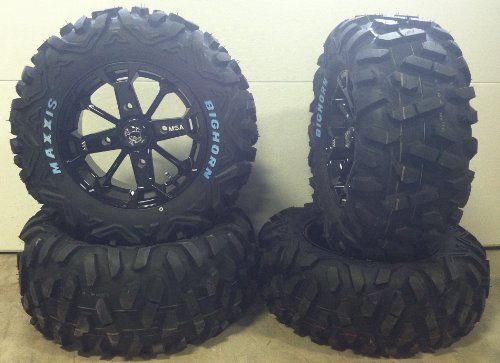 Just a dream for those who value value for money. Many will say that good tires must be expensive, but in fact, no, I checked it from personal experience. Rubber...
Just a dream for those who value value for money. Many will say that good tires must be expensive, but in fact, no, I checked it from personal experience. Rubber...
June 27, 2017 Anonymous user
Great tire
value for money
Comment:
Maxxis mt-764 bighorn rubber holds the road normally and straight and in the turn. Braking and acceleration is good. Not an option for wet off-road - the tread immediately clogs up. Dry - worthy. Sidewalls for...
June 11, 2017 Pervunin Kiril
Great tire
Quality
Comment:
I've been riding maxxis mt-764 bighorn for the third season, and it doesn't even think to wear off. In this regard, durable rubber, and how many times I caught pits and all sorts of glass on it, but at least she had something. We overcome various difficulties with her...
June 10, 2017 Gashev Vova
good tire
Comment:
I'm not really a fan of off-road driving, but the car allows, and you need to try very hard to get to your dacha.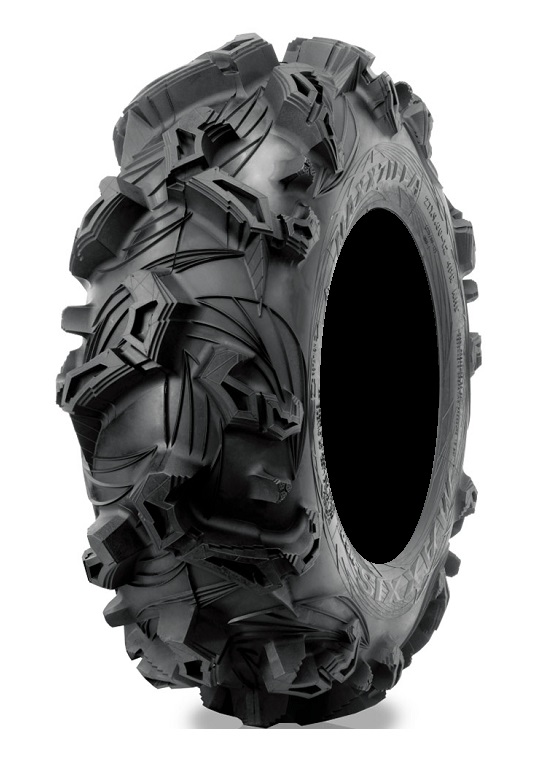 So I decided to buy tires maxxis mt-764 bighor. Just what I need, low price and good performance, both in terms of cross-country ability ...
So I decided to buy tires maxxis mt-764 bighor. Just what I need, low price and good performance, both in terms of cross-country ability ...
May 24, 2017 Konyukhov Artem
Great tire
Comment:
I have been using this rubber for a very long time and I have not had any problems with it. Rubber is made of a very durable material that is resistant to punctures, I personally made sure of this when I had to drive through the glass on all sorts of branches, etc. Driving through mud...
May 10, 2017 Baranov Denis
Great tire
plus for me is its all-weather, excellent cross-country ability on any surface (mud, mountains, forest, etc.), the durable material from which the tire is made, no matter how many bumps I ride, I don’t have a single puncture or cut.
Comment:
The rubber is very strong and reliable in all weather conditions like in winter,. ..
..
April 26, 2017 Solomin Dmitry
Great tire
Made of high quality rubber and in 2 years I have not had one cut / puncture. Another significant plus is that it is all-weather!!!
this rubber does not have them.
Comment:
I am the happy owner of this rubber. I installed it on my Tuareg. I live outside the city and mostly...
This model is based on and developed from the legendary Bighorn tire. The key difference from the popular predecessor is the lighter weight. At the same time, the developers managed to avoid the deterioration of the main operational characteristics, including durability, which favorably distinguished the previous Bighorn from most competitors.

Most of the weight savings that set the Maxxis BigHorn 2.0 apart from its legendary predecessor came from the elimination of steel cord. Instead, they used modern synthetic materials, which in their physical properties are in no way inferior to the previously used steel threads, many times surpassing them in lightness. In combination with the use of a seamless winding technology, this made it possible to give the tire excellent strength and resistance to any mechanical stress, and at the same time, greater smoothness on the go.
In addition to the carcass structure, the tread compound has undergone a major redesign. Special functional polymer compounds appeared in it. Their main functional purpose is to ensure the integrity of the tread. By giving intermolecular bonds greater strength, they give the rubber compound increased tensile strength, which, in turn, has a positive effect on the reliability of the tire during off-road operation.